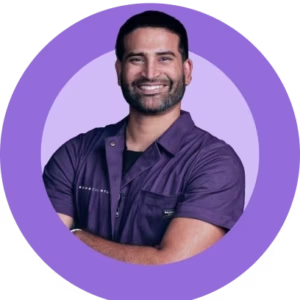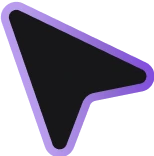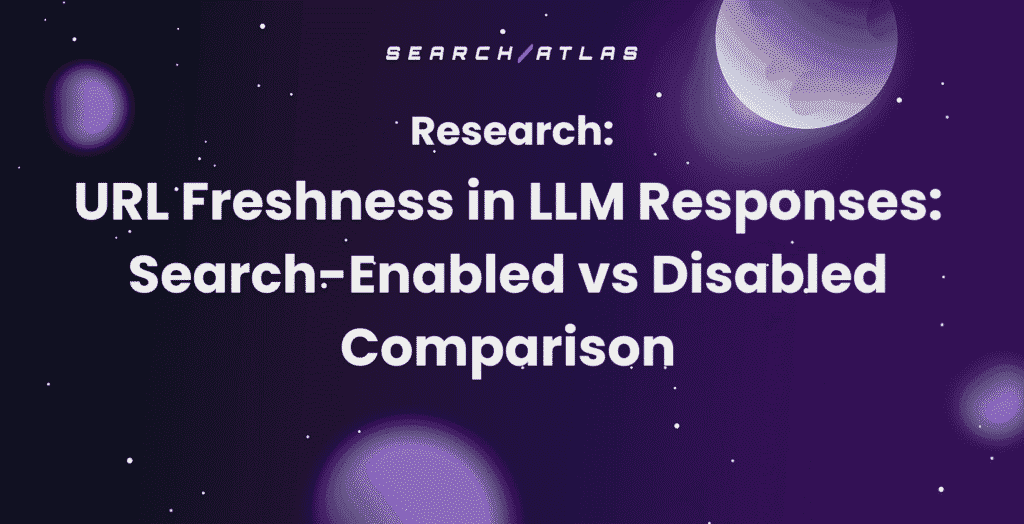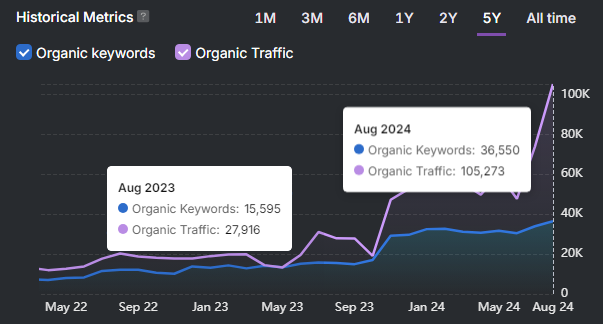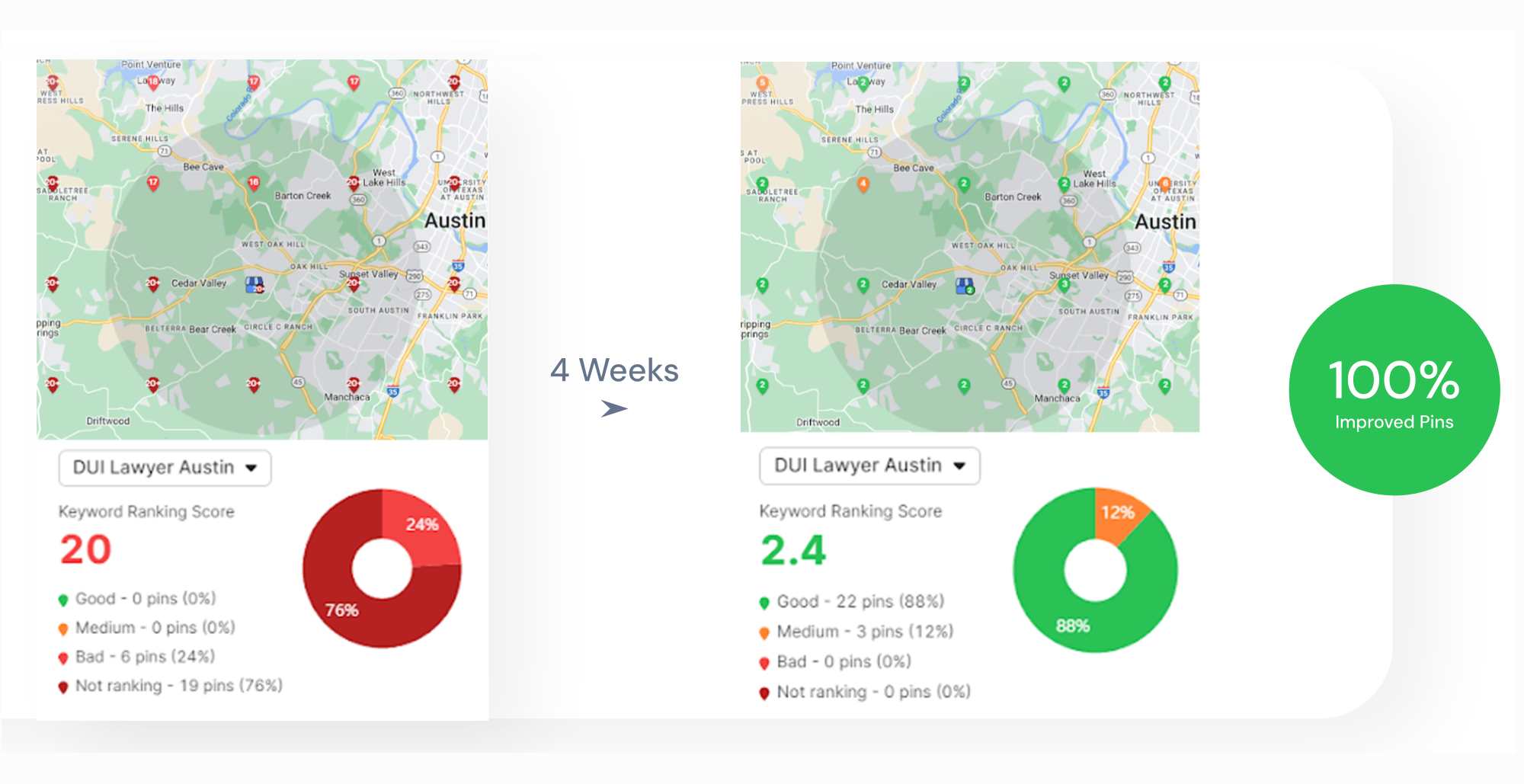Press release SEO best practices boost visibility, grow authority, and secure media coverage across digital platforms. In 2025, press releases serve both branding and SEO goals through factual, structured content that search engines and AI systems recognize and prioritize. Optimized press releases raise keyword rankings, build backlinks, and attract journalist interest.
Digital-first formats now dominate. Companies publish concise, media-rich releases with visuals, videos, and data. These elements drive engagement and improve search performance. Strong results depend on targeting, optimization, and personalization. This article explains how to optimize press releases for AI and search engines to strengthen brand performance in 2025.
What is Press Release Submission in SEO?
Press release submission in SEO improves search visibility and generates backlinks through structured news announcements. A well-optimized press release blends public relations with search engine optimization to raise domain authority and increase organic traffic.
A press release delivers news or announcements to the public through media outlets and digital platforms. Companies or PR teams write and distribute these documents to gain media coverage and reach wider audiences. In SEO, the press release extends its role by supporting digital presence.
SEO press releases include specific keywords and follow structured formats that search engines recognize. Digital distribution creates backlink opportunities that pass authority and signal trust. These backlinks help search engines rank the linked website higher in search results.
Organizations publish SEO press releases to gain visibility, build credibility, and support digital PR strategies. Each release targets both media professionals and search algorithms. Clear structure, keyword focus, and link integration guide performance across channels.
Press releases advance branding, support rankings, and connect earned media with measurable SEO outcomes. They deliver updates in a format that serves both human readers and automated systems.

Do Press Releases Help SEO?
Yes, press releases support SEO by generating backlinks, building citations, increasing brand mentions, and accelerating indexation. The SEO impact of press releases comes from indirect signals that raise domain authority, improve visibility, and drive qualified referral traffic. A press release rarely ranks for competitive queries but expands discoverability and strengthens broader SEO efforts.
There are many ways press releases help SEO. The many ways press releases help SEO are listed below.
- Backlink generation. Press releases lead to coverage from journalists, bloggers, or industry publications. These third-party mentions include links to your website, which build authority and raise rankings. Coverage from high-authority sources signals topical relevance to search engines.
- Brand mentions. When your brand name appears in news articles, search engines associate it with key entities and topics. These semantic signals increase relevance and raise your chances of ranking for branded and unbranded queries.
- Citation building. Local press releases support local SEO by reinforcing business name, address, and phone number across trusted directories. Consistent citations improve map rankings and local search performance.
- Referral traffic. Press releases placed on high-authority domains drive qualified referral traffic to your site. Readers who click through engage with related content, which supports lower bounce rates and deeper sessions.
- Faster indexation. Search engines crawl newswire platforms more frequently than standard websites. A press release linking to a new blog post or landing page triggers faster discovery and indexing of that content.
- Reputation management. Press releases allow brands to control the narrative around announcements, product updates, or crisis responses. Publishing authoritative content helps displace or balance negative results in search.
What Are Press Release SEO Best Practices?
There are 7 SEO best practices for press release SEO. The 7 SEO best practices for press release SEO are listed below.
1. Building Contextual Relevance
Contextual relevance improves SEO performance by aligning the message with user intent, search patterns, and industry signals. Craft a story that addresses a current topic, supports it with facts, and ties it to a broader trend or concern. Write a headline that states the topic clearly and includes keywords that reinforce the core theme.
Each part of the release must present structured information that informs, supports, and expands the announcement. Use direct language and maintain semantic focus throughout the content.
Relevance depends on audience clarity. Understand who the press release targets and why the message matters now. Focus on audience behavior, current topics, and timely impact. Link the story to developments that shape perception and create urgency. Strengthen the narrative with quotes, data, and context to deepen topical value and improve search engine understanding.
2. Prioritizing Keyword Research & Placement
Keywords determine how a press release reaches search engines and enters search results. Search engines extract and match keywords to known query structures to evaluate relevance. Without clear keyword targeting, a press release fails to earn organic visibility or indexing priority.
Start keyword planning by selecting terms that reflect the topic, industry, and purpose of the release. Use a mix of core, supporting, and contextual keywords to form a complete topical group. Core keywords define the main subject. Supporting terms expand on related ideas. Contextual keywords connect the content to time, location, or audience. This layered structure avoids redundancy and strengthens semantic signals.

Long-tail keywords match these patterns. They target lower-competition phrases and reflect specific user intent. Long-tail keywords support discoverability for updates like financial reports, new products, or leadership changes.
Place core keywords in the headline, subheadline, and opening paragraph. Spread supporting terms across body sections. Use keyword-rich links to build topical strength. Add named entities to clarify context and support structured data. Keep headings aligned with the main topic to improve crawlability and indexing.

Use Search Atlas Keyword Research to find precise, high-impact terms backed by real search behavior and intent.
3. Crafting Attention-Grabbing & Optimized Headlines
Press release headlines carry more influence than any other line of text. A headline decides whether an announcement earns attention, gains coverage, or receives clicks. It serves as both a hook for readers and a signal for search engines. It must communicate the most relevant point using language that matches search behavior and audience interest.
Begin with the most impactful element of the announcement. Focus on the development itself—such as a launch, milestone, or data release—rather than the brand. Avoid generic openers like “Company X Announces.” Lead with the outcome to deliver immediate value.
Strong headlines increase visibility and drive engagement. Use direct, active language that reflects the benefit to the audience. Keep it under 70 characters to improve click-through rates and indexing precision. Position the primary keyword early in the sentence to align with intent and support ranking.
Avoid vague, brand-first phrasing or promotional tone. Use strong verbs and specific nouns that highlight change, progress, or value. Avoid clickbait or misleading claims, which damage trust and raise bounce rates.
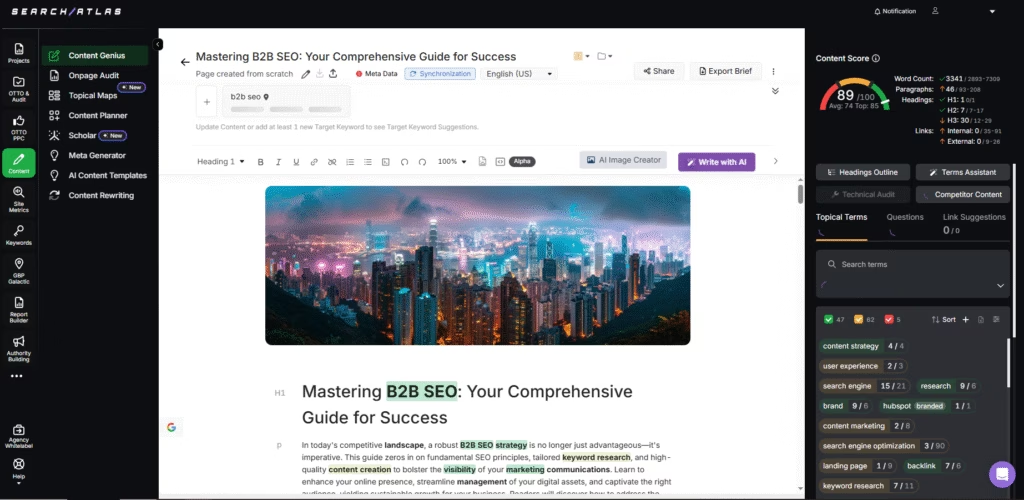
Search Atlas Content Genius generates AI-powered headlines aligned with keyword demand and journalistic standards. It analyzes trends and suggests high-performing versions. Use these insights to craft headlines that rank well and attract media attention.
4. Following the Inverted Pyramid Structure
The inverted pyramid structure places the most important information at the top of the press release and arranges supporting details in order of decreasing significance. This structure improves SEO performance, increases engagement, and meets editorial standards used by journalists and publishers. Search engines prioritize content that surfaces relevant information early, and readers respond to clarity and immediate value.
Start with a headline that includes the primary keyword and highlights the news angle. In the first paragraph, answer who, what, when, where, and why to match search intent and maximize indexing. This direct approach helps both readers and crawlers process the content without delay.
In the following sections, expand on the headline and introduction. Provide data, context, and relevant background that strengthens the core message. Use supporting keywords naturally. Add quotes from executives, clients, or partners to increase authority and make the release more usable for media coverage.
Conclude with a concise call-to-action, followed by a brand boilerplate and accurate media contact information. This format creates a content hierarchy that improves crawlability and readability.
Search engines reward structured content that delivers immediate answers. Press releases written in the inverted pyramid style keep users engaged longer, reduce bounce rates, and rank higher across competitive news-driven search environments.
5. Writing Clear, Concise & Compelling Content
Clear and concise writing improves press release SEO, strengthens readability, and increases media pickup. Editors, journalists, and search engines value content that delivers essential information without distraction. Press releases perform best with one focused message that speaks directly to audience needs.
Start by identifying the most newsworthy angle. Remove off-topic claims and keep each sentence tied to the announcement. Short, factual sentences improve clarity and support keyword alignment. Avoid vague terms, complex phrasing, and repetition. Each paragraph must introduce new information and reinforce the story.
Maintain a word count between 300 and 400 words. This range ensures mobile readability, supports faster indexing, and fits editorial standards. End with a direct call to action that drives readers toward the next step.
Search Atlas Content Genius highlights high-impact inputs, sharpens message focus, and removes filler. Its AI ranks key details, aligns tone with SEO goals, and delivers structured, readable content that drives results.
6. Adopting a Strategic Linking Approach
Effective linking improves press release SEO by reinforcing authority, guiding traffic, and signaling relevance to search engines. A structured approach helps users and crawlers navigate content paths, increases indexation, and drives visitors to key landing pages.
There are many best practices for doing internal linking in press releases. The many best practices for doing internal linking in press releases.
- Use links to extend the reader journey. Prioritize internal links that lead to product pages, blog posts, or gated content. Add external links only when they support the announcement with credible sources or data.
- Place links where users will engage. Embed links in the top or middle sections to ensure visibility. Spread links across the release to avoid stacking. Vary destinations to build topic depth and avoid repetition.
- Optimize anchor text. Replace vague phrases with specific descriptors that match user intent. Avoid repetitive or over-optimized anchors.
- Maintain link integrity. Audit releases regularly to remove broken links and update outdated ones. Ensure every link points to indexable pages with fast load times and relevant content.
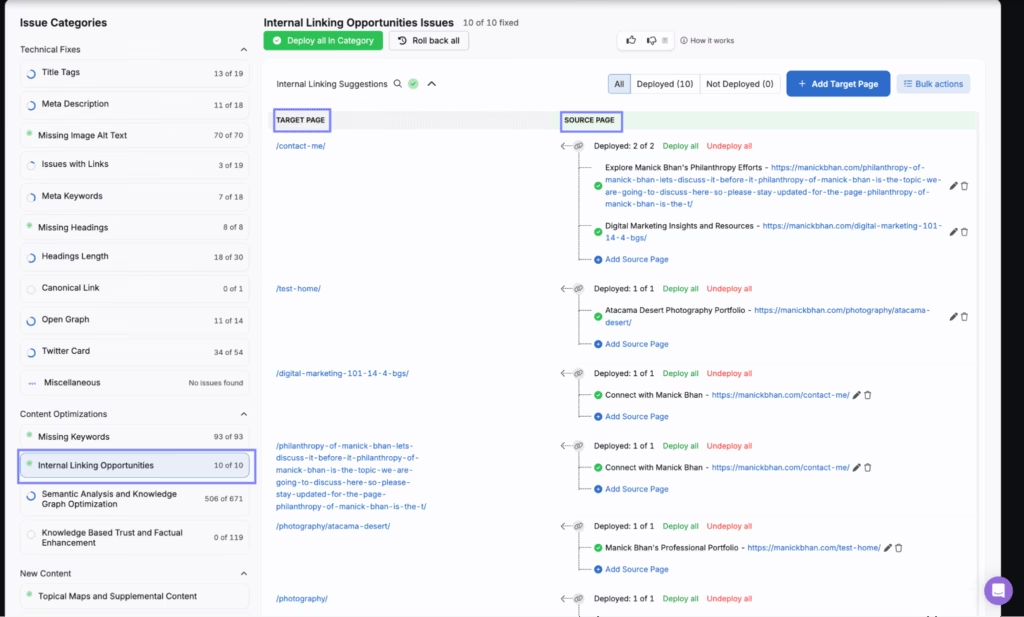
Use Search Atlas OTTO SEO automated internal linking feature. It scans your content, detects topic relevance, and inserts keyword-rich internal links to strategic pages across your site.
7. Designing Engaging Multimedia Press Releases
Multimedia press releases boost visibility, enhance user experience, and improve SEO by blending text with rich media assets. Visual elements draw attention, clarify information, and raise search discoverability across news platforms.
Add visuals that reinforce the main announcement. Use high-resolution branded images to show people, products, or outcomes. Include short videos to explain features or show results. Use infographics to present complex data in a digestible format. Each asset must support clarity and improve message retention.
Strengthen SEO with optimized media elements. Use keyword-rich file names and alt text. Host videos or audio files on crawlable platforms and embed them with proper code to reduce load time and support mobile use. Add contextual links in captions to drive readers toward deeper content or actions.
Design the layout to spotlight visual assets. Place media near the top to drive early engagement. Use one visual per idea to avoid distraction. Align colors, fonts, and formatting with existing brand guidelines for visual consistency.
Exclude irrelevant or generic visuals. Remove stock images or excessive design effects that weaken focus. Each asset must connect directly to the news and help readers understand the story.
Why Use an AI Press Release Tool?
AI press release tools improve efficiency, increase consistency, and raise the impact of every announcement. These platforms transform manual tasks into fast, structured outputs that match journalistic standards and SEO requirements. By analyzing inputs and applying real-time language models, AI delivers clear, keyword-rich content that fits media expectations and search engine criteria. This automation reduces delays, eliminates guesswork, and keeps messaging aligned across campaigns.
Search Atlas powers this process through the Search Atlas Press Release Generation tool, an AI-driven tool built for precision and speed. It selects high-value keywords, recommends language based on real SERP data, and formats content for maximum discoverability. Users generate, edit, and optimize each release inside one streamlined interface. This system removes friction and allows faster turnaround without reducing quality.
Start building press releases that earn coverage, links, and results by trying Search Atlas for free.
